A primarily English condiment, red currant jelly is a sweet and somewhat tart sauce produced from its namesake redcurrant berries, though occasionally incorporating other ingredients such as wine, mustard or even certain types of onion variants.
Red currant jelly is usually used as a side dish when paired alongside such cuts of meat like lamb or game meats, wherein its herbal yet sweet flavor pairs perfectly with the rather wild taste profiles of said meats.
In certain cases, even, red currant jelly may be used as a marinade or flavoring sauce, imparting distinct notes to the meat that cannot otherwise be found in most commercial marinades.
The best flavor substitutes for Red Currant jelly are honey, cranberry sauce, and grape jam/jelly. The best texture substitutes are pectin, gelatin, and various fruit jellies/jam.
Why Should Red Currant Jelly be Substituted?
The most likely reason an individual may necessitate the substitution of red currant jelly in a dish or meal is due to a simple lack of availability, especially outside of the United Kingdom and neighboring countries.
This is likely due to the fact that red currant jelly has been in large part supplanted by the use of cranberry jelly, especially in the latter months of the year wherein it is used as a primary fixture of many holiday meals outside of English dining culture.
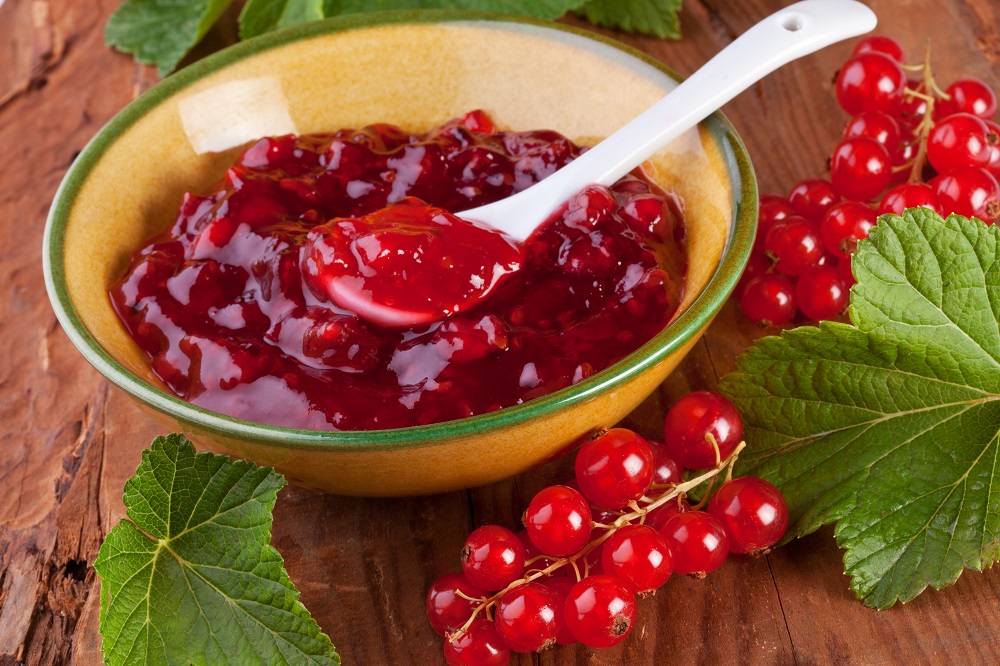
Another reason behind the possible need to substitute red currant jelly is the possibility of individuals possessing significant allergic responses to any plant of the currant family, making consuming redcurrant jelly a health hazard.
By extension, an individual’s personal beliefs, ethics or even dietary preferences are all completely valid reasons for which red currant jelly must be replaced in a recipe or as a stand-alone dish.
Can Red Currant Jelly Substituted be Used in the Same Way?
Depending on the particular substitute used, yes, red currant jelly’s substitutes may be used in much the same method as the former, either as a dessert, a marinade or even as a topping on certain other types of food products.
However, it is also important to remember that potential substitutes for red currant jelly cannot always replicate the entire experience of consuming red currant jelly itself, due to the obvious fact that they are not in fact red currant jelly.
As such, an excellent way to remedy this is to fit the substitute to the particular needs of the recipe or cook, such as combining both a textural and flavor substitute together in a meal so as to create the closest possible approximation to red currant jelly.
This is all the more applicable in recipes that incorporate a variety of other differing ingredients to red currant jelly’s substitute, as the presence of other flavors and textures will help mask the difference in the substitute ingredient’s characteristics.
Flavor Substitutes to Red Currant Jelly
Considering the variety of uses red currant jelly and its subsequent sweet tartness has, it is no surprise that a variety of other sweet and somewhat sour ingredients may act as excellent substitutes in many of the uses native to red currant jelly.
Among these are their use as a stand-alone side dish, as a topping on various baked goods, as a marinade for game meat as well as its use as a caramelizing sweetener in cooked meals.
Honey
Best used in instances where the red currant jelly would ordinarily be subjected to direct heat such as oven roasted lamb or stews, honey is an excellent flavor substitute that shares the same sharp and slightly cloying sweetness normally found in red currant jelly.
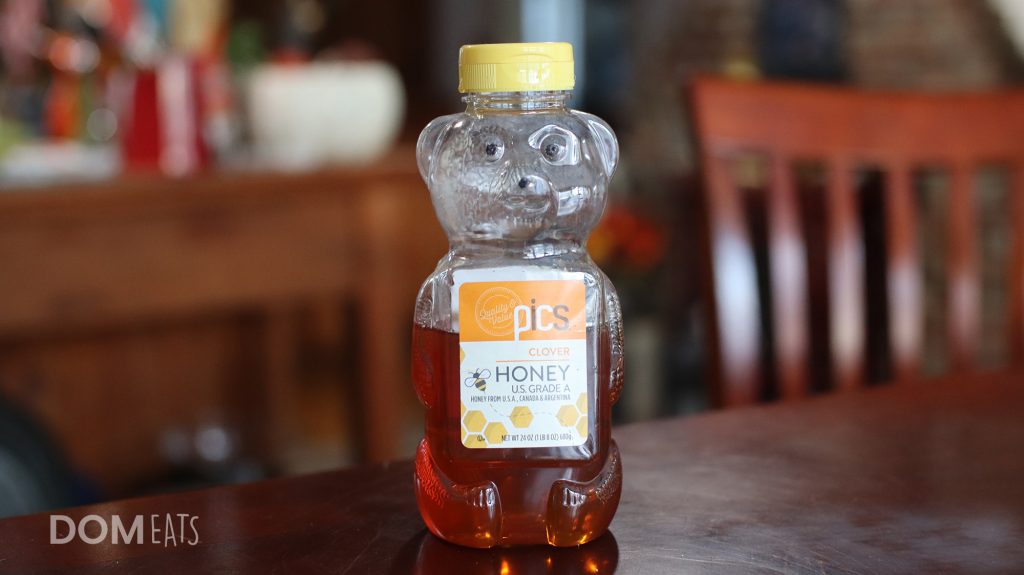
However, honey’s own flavor profile is considered relatively simplistic, lacking some of the finer points and body of tartness that red currant jelly would normally have.
This is all the more so in instances where the red currant jelly has been improved upon with spices and herbs, creating a far more complex taste than honey itself can replicate.
As such, honey may act as a red currant jelly substitute either as a topping or as an ingredient that adds some level of sweetness to a dish, especially during cooking wherein it may undergo caramelization.
Cranberry Sauce
Far more popular in the United States than red currant jelly, cranberry sauce is utilized in a similar vein as red currant jelly, wherein they are both served alongside other dishes with the intention of them acting as both a condiment and a side dish, especially in holiday spread meals.
In certain instances such as the glazing of game meats and lamb, cranberry sauce may in fact be a more suitable alternative than red currant jelly itself owing to its distinctly more complementary flavor profile.
Cranberry sauce and cranberry jelly are practically the same, and usually are purchased in canned form or are instead made at home, both of which may act as perfectly suitable substitutes in a flavor and textural capacity.
Grape Jam and Grape Jelly
Whether in its more gelatinous jelly form or its stewed and ground jam form, grape products are yet another substitute to red currant jelly with a markedly similar taste profile and appearance, regardless of the type of grape used in making the jam or jelly.
This is due to a similar tartness and nearly equal levels of sugar per unit of volume in their pure form, making both grape products and red currant jelly interchangeable in practically any recipe or method of cooking that must be performed.
It is important, however, to use grape jams and jellies that have not been loaded with excess amounts of sugar or other artificial flavorings, as these will bring the grape jam and jelly further away from red currant jelly in terms of flavor similarity.
Texture Substitutes to Red Currant Jelly
Like most forms of fruit jellies, red currant jelly in its fully set form possesses a gelatinous and somewhat soft texture, with its runniness depending on the particular method of cooking it has undergone as well as the volume of moisture either incorporated into the jelly or already present in the red currant berries.
Fortunately, this texture may be replicated quite easily through the use of certain household jelly making ingredients, or even with many other types of jellies and jams that possess a very similar texture to red currant jelly itself.
Pectin
A form of fiber found in fruits and vegetables, pectin is often times used as a thickening and caking agent wherein it will increase the viscosity of any liquid it is added to, essentially creating a jelly depending on the particular concentration of pectin used.
This makes pectin an excellent textural substitute to red currant jelly in the way that it may be added to any other similarly flavored liquid ingredient so as to make a gelatinous ingredient.
Even in instances where red currant juice is the only ingredient available with a similar flavor profile, the addition of pectin may gelatinize the juice, essentially recreating red currant jelly through a roundabout method.
Gelatin
Much like pectin, gelatin powder and its subsequent flavored jellies that may recreate the sort of texture normally found in red currant jelly.
Such as is also the case in pectin, gelatin is relatively colorless and flavorless, meaning it must be incorporated into a similarly flavored fruit juice or product to red currant jelly so as to fully act as a textural substitute, wherein it will incorporate whatever taste notes are present in the juice or similar product.
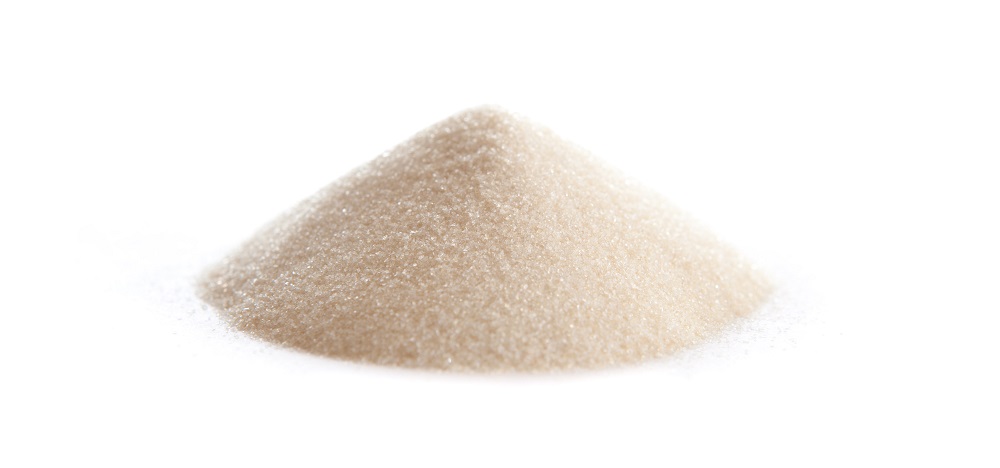
The primary difference between gelatin and pectin is the organic source of which they are derived, with gelatin primarily being produced from animal collagen and as such being unsuitable for individuals with specific ethical or religious beliefs.
In the event that one is a vegan, vegetarian, or possesses similar beliefs about the consumption of animal related products, it is better to use the plant sourced pectin as a textural substitute instead
Various Fruit Jellies and Jams
The most obvious alternative to red currant jelly, the vast majority of other fruit jellies and jams likely possess very similar textures to that of red currant jelly, making them excellent substitutes to the English berry sauce in most situations.
This particular method of substitution is the most suitable in instances wherein the texture of the red currant jelly is of primary importance, with its relative flavors coming second and as such not requiring an absolute approximation.
Keep in mind, however, that not all jellies and jams are created equal, and other alternative fruit products may not react in the same way to the same environments that red currant jelly normally would.
References
1. Famularo, Joe (1991). The Joy of Grilling. Barron’s Educational Series. p. 242. ISBN 0812047036.
2. rennan, Rex M. (1996). “Currants and Gooseberries”. In Jules Janick; James N. Moore (eds.). Fruit Breeding. Vol. II – Vine and Small Fruits. John Wiley & Sons. p. 196.
3. Maria Parloa. (1905) “Canned Fruit, Preserves, and Jellies” U.S. Government Printing Office. Retrieved through Google Books

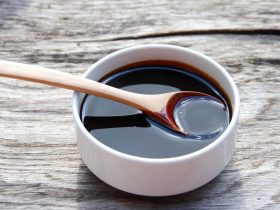

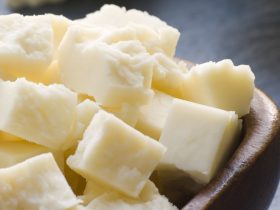
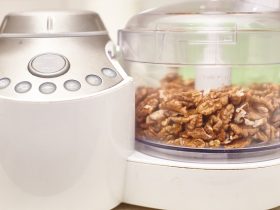
Hi, I'm Dom
Dom Eats was started to help other people fall in love with food. While cooking can feel intimidating, it doesn't have to be.